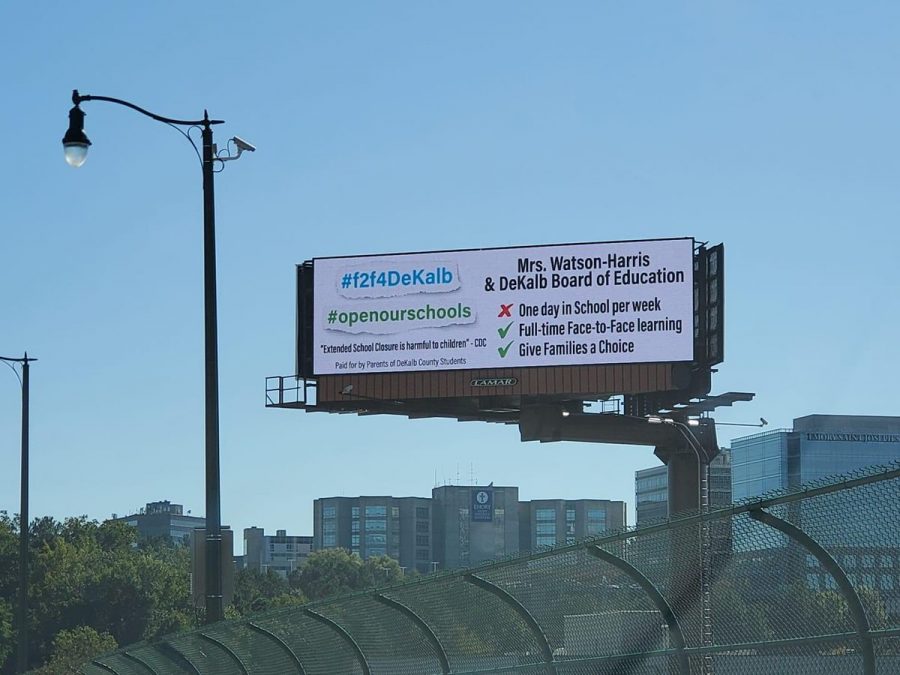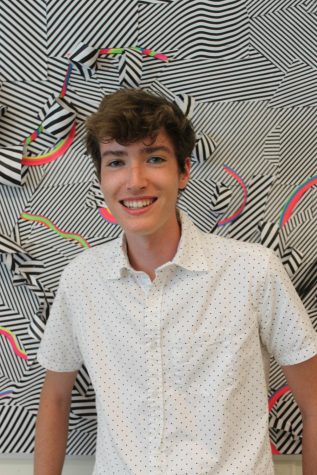A Difficult Return to In-Person Learning
November 1, 2020
After almost three months of virtual learning, many have adapted to a new normal. However, Georgia school systems are working to make the transition back to a more traditional school day, and teachers have mixed feelings about it.
DeAnn Peterson, a biology teacher at Chamblee, says that her teaching style has adapted to virtual learning.
“Usually in my classroom, if I notice that somebody is distracted, I have methods where I’ll go close to them and ask to make sure that they’re participating,” said Peterson. “It’s hard for me because I’m the kind of teacher that would get in your face if you’re not doing your work. And I can’t do that here.”
But, after some trial and error, Peterson says she has the system figured out, and prefers it over the alternatives.
“I feel like I’m kind of getting the hang of it,” said Peterson. “I’ve kinda got a rhythm down and I’ve got a little bit of a routine and things that I do, so I feel comfortable, and I’m actually glad we’re not doing hybrid learning.”
Peterson says that she just doesn’t see the benefits of hybrid instruction.
“If a kid sits in my classroom on their computer, watching me Zoom, it’s the same as if they were at home,” said Peterson. “I personally would just say, let’s just do digital.”
Peterson also says that going back to school in-person isn’t worth the risk.
“I’m being science oriented, and with us not having a vaccine–I really don’t think that going back to in-person school is worth the high risk of losing teachers, losing family members.”
Pasha Souvorin, who teaches film production at Phoenix High School in Gwinnett County, says that his school has been following a more “normal” schedule since the beginning of the semester.
“Gwinnett didn’t have a hard line between going back in person and staying face-to-face. We started allowing students to come in about a month ago and each family gets to decide for themselves whether they want to come back in for face-to-face or remain home for digital. So we’re doing a combination of face-to-face and digital and students can move back and forth between those two options according to each family’s needs,” said Souvorin. “We’re following normal bell schedules. Students are going to classes. They’re going to lunch. They’re doing all their completely normal things, except that they’re following COVID protocols.”
Souvorin says that the risk/reward of returning to in-person instruction is different for each student, so he’s glad that students are being given an option.
“I hear from students who have jobs, or who are primary caretakers for an elderly grandmother who is high risk. I’ve got students who are themselves sick. I’ve just heard so many stories and every single student story is completely different. I have no idea what’s best for anyone, other than I do know that in a pandemic, there are no good options,” said Souvorin. “It does seem that certain populations need the benefits of being in a face-to-face environment more than others: very young kids, people on individual education plans, people who have special needs; all kinds of students are really seeing horrible learning outcomes from being forced to stay at home, and so the sooner we can at least get some of those populations into school buildings, the better for those students.”











